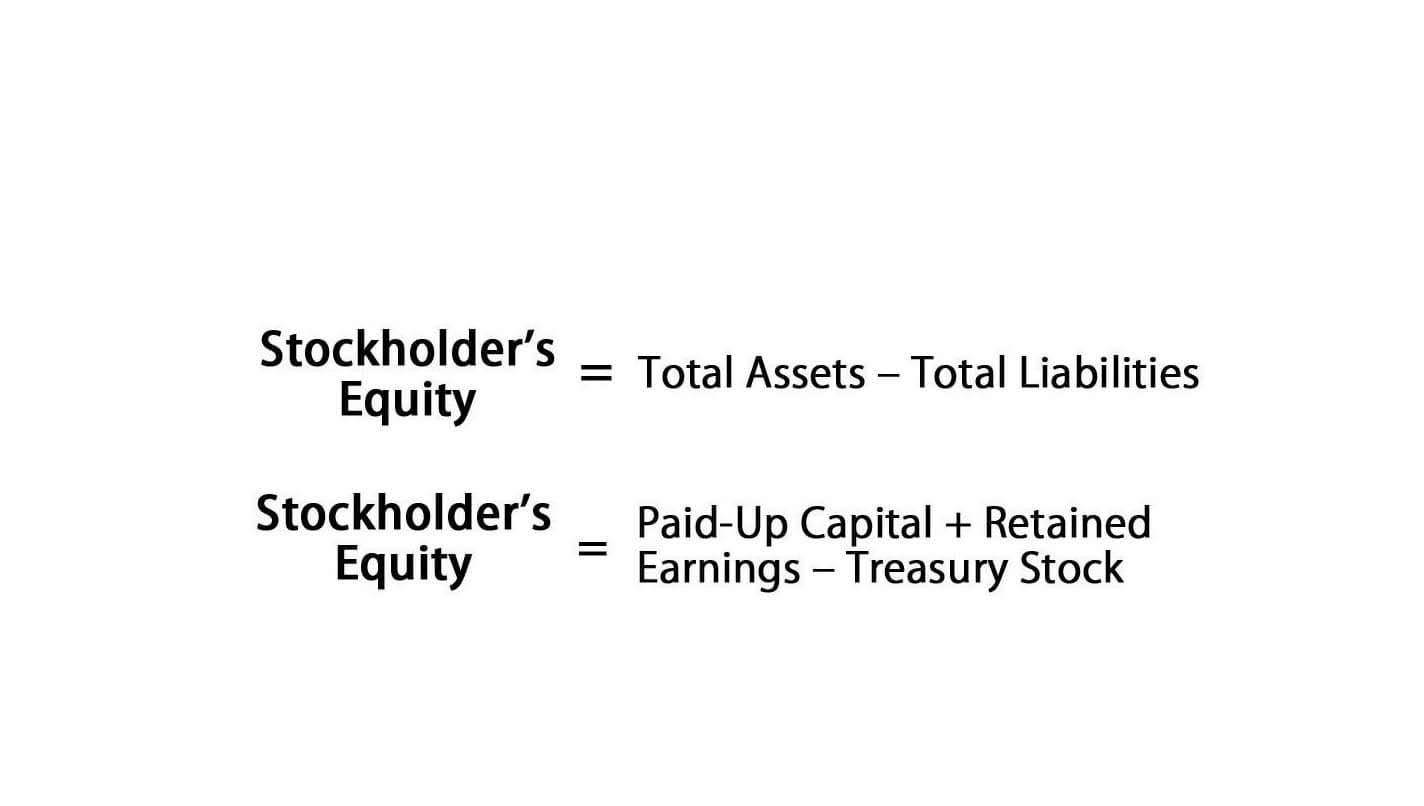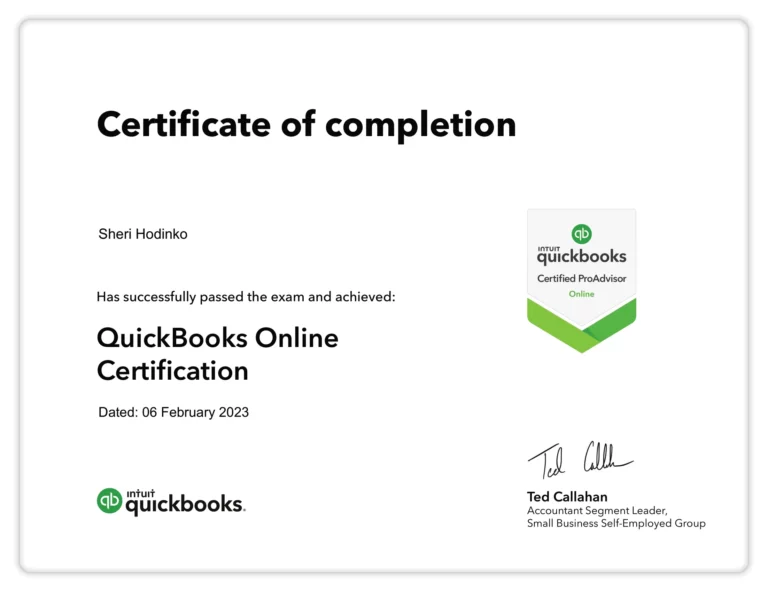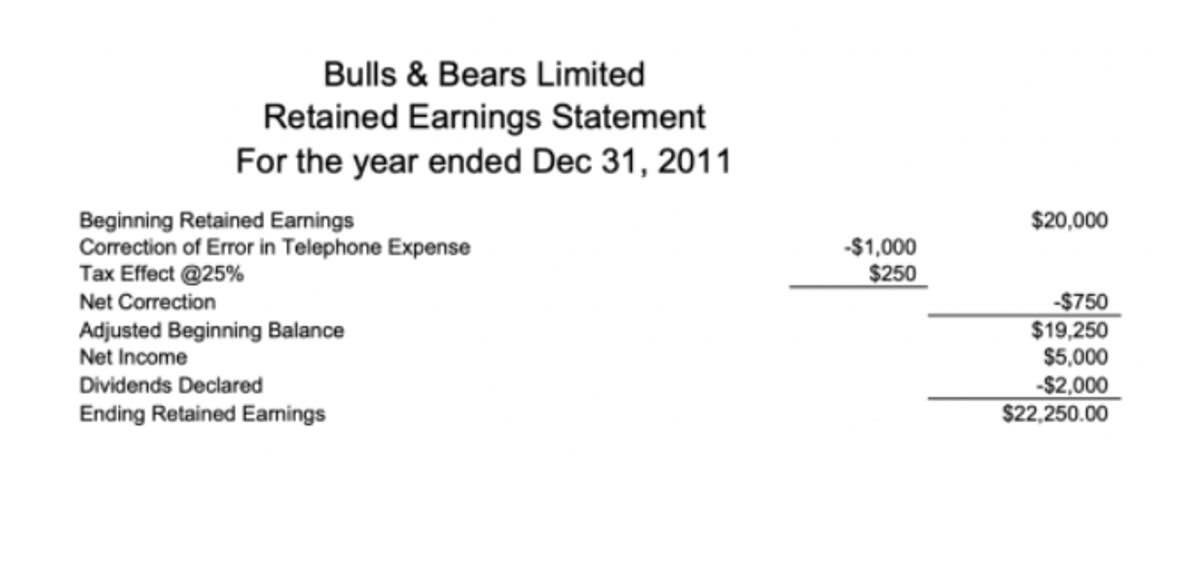
Inventory decreases because, as the product sells, it will take away from your inventory account. In other words, divide the total cost of goods purchased in a year by the total number of items purchased in the same year. The cost of goods purchased forms a major component of the cost of goods sold calculated by adjusting for inventory movements during the period as follows. Freight-in is the costs incurred in having the goods delivered to the business. The freight-in account is normally a debit balance and increases the cost of goods purchased.

Calculating Cost of Goods Sold
Therefore, companies may find this attractive as it can inflate company profits. The COGS formula is particularly important for management because it helps them analyze how well purchasing and payroll costs are being controlled. Creditors and investors also use cost of goods sold to calculate the gross margin of the business and analyze what percentage of revenues is available to cover operating expenses. Salaries and other general and administrative expenses are not labeled as COGS.
- A company’s cost of sales may vary widely depending on how it values its inventory.
- This, in turn, aids in setting product prices, managing inventory, and assessing overall profitability.
- It’s best to plan and communicate any pauses effectively to minimize disruptions.
- This amount is then divided by the number of items the company purchased or produced during that same period.
- It doesn’t, however, state what order inventory is deemed to be sold.
- For other business structures, the deduction still applies but might be reported in different forms corresponding to their tax filing requirements.
How to Calculate Your Cost of Goods Sold (COGS)
Suppose the same company with the same wants to calculate its cost of sales for 2021. The total cost dedicated explicitly to producing one shirt amounts to $3. The time period you pick is up to you, but we recommend cost of goods sold calculating your cost of goods sold at least quarterly. Running the formula once a month is a great way to stay on top of inventory costs—a particularly good idea if you’ve just gotten your business up and running.
Would you prefer to work with a financial professional remotely or in-person?

At the bottom of the sheet, you’ll subtract your expenses from your revenue to list your net profit. Depending on the COGS classification used, ending inventory costs will obviously differ. If you haven’t decided on a method yet, factor in how each may affect your cost of goods sold. For more information on how to pick an inventory valuation method, read our FIFO vs. LIFO explainer. Then, the cost to produce its jewellery throughout the year adds to the starting value.

How to calculate cost of goods sold from income statement
- Once you calculate your cost of goods sold, either manually or by using accounting software, the total will be reported on your income statement.
- This ensures your store remains visible to potential customers when you resume operations.
- The difference is, some service companies don’t have any goods to sell, nor do they have inventory.
- Let’s return to The Spy Who Loves You Corporation data to demonstrate the four cost allocation methods, assuming inventory is updated on an ongoing basis in a perpetual system.
- In the final step, we subtract revenue from gross profit to arrive at – $20 million as our COGS figure.
To calculate it, add the beginning inventory value to the additional inventory cost and subtract the ending inventory value. COGS does not include costs such as sales and marketing, but it may include all or a portion of indirect costs such as rent, taxes, repackaging, handling, and administrative costs. The revenue generated by a business minus its COGS is equal to its gross profit. Higher COGS with disproportionate pricing can leave your business in a deficit position if the prices are too low or alienate consumers if the price is too high.
- Instead of listing COGS as an expense, these types of statements deduct COGS directly from sales revenue to calculate the business’s gross profit.
- The cost of goods sold formula is calculated by adding purchases for the period to the beginning inventory and subtracting the ending inventory for the period.
- Chartered accountant Michael Brown is the founder and CEO of Double Entry Bookkeeping.
- The price of items often fluctuates over time, due to market value or availability.
- Service-based businesses might refer to cost of goods sold as cost of sales or cost of revenues.
COGS is an essential part of your company’s profit and loss statements, one of the most crucial financial documents for any growing business. Profit and loss statements, which are also called income statements, list your revenue and expenses to calculate your net profit. A business needs to know its cost of goods sold to complete an income statement to show how it’s calculated its gross profit.

Troubleshooting Shopify Payment Identity Verification
The gross purchases cost is 250,000, after deducting purchases returns (2,000), allowances (4,000) and discounts (5,000), the net purchases is 239,000. Your apps and subscriptions will remain active while your store is paused. You will continue to be billed for these services unless you choose to cancel or pause them separately.
Example #1 (using the simple formula)
